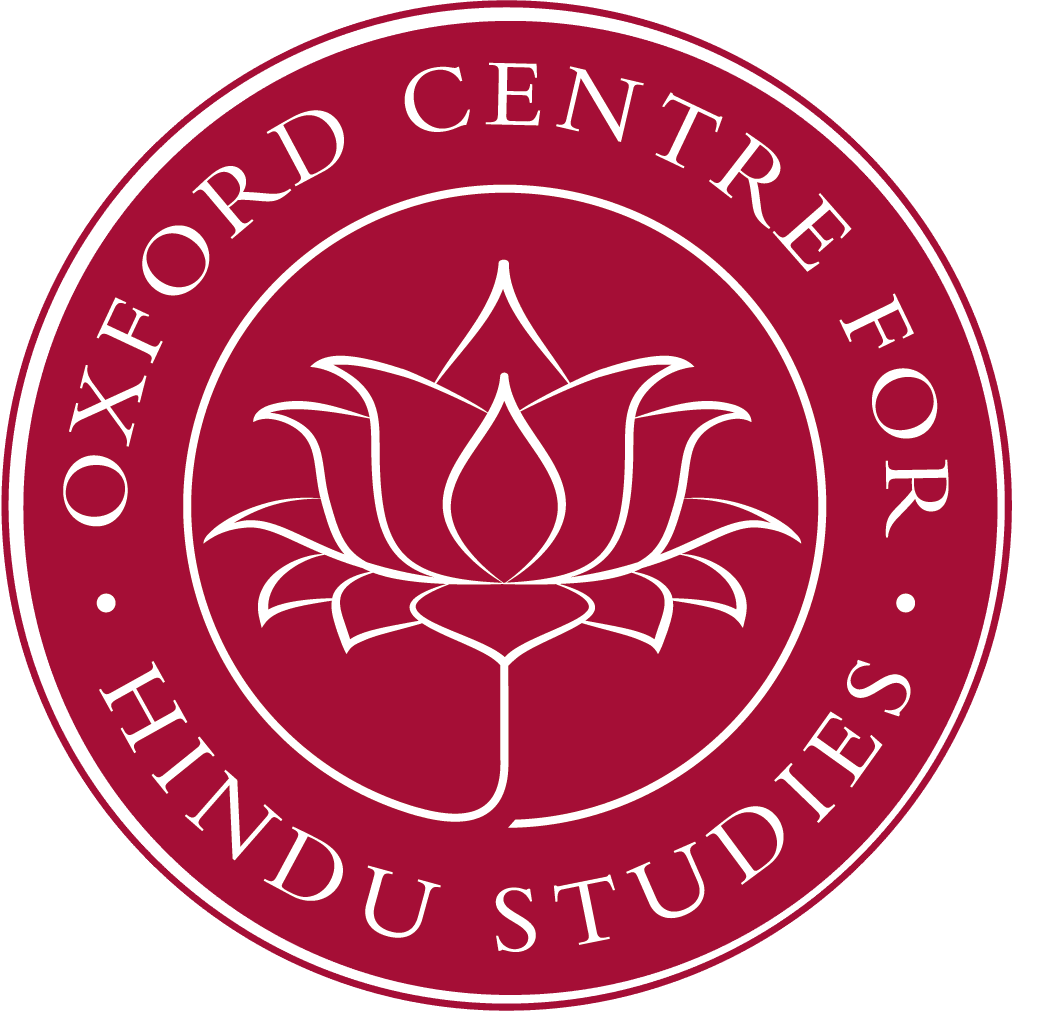Saivism with its important branches such as Pasupata and the Saivasiddhanta was widely popular in many parts of India from the beginning of the first millennium of the common era. Of them, the Saivasiddhanta had many royal dynasties as its support. The basic tenets of the system were enuncitated in the canonical texts called Agama believed to have been revealed by Siva Himself. In the course of its spread to south India and especially to the Tamil country the essential teachings of the Agama-s were taught by the teachers to their disciples. In order to easily grasp those essentials one Vagisa belonging to the 12th century had composed a Tamil digest called Ñanamirtam basing on the Agamas. This is the only available first Tamil text belonging to such an early period which has been influencing the subsequent developments of Saivasiddhanta. A comparative and analytical study of this text will be a very fruitful one which would help trace the early development of Saivasiddhanta
Lecture tag: Tantra
Readings in Tantric Texts: Session Five (MT10)
We will continue to read the Jayakhya Samhita
Readings in Tantric Texts: Session Six (MT10)
We will continue to read the Jayakhya Samhita
Readings in Tantric Texts: Session Four (MT10)
We will continue to read the Jayakhya Samhita
Readings in Tantric Texts: Session Three (MT10)
We will continue to read the Jayakhya Samhita
Pauṣkarāgama: The Śaivasiddhānta Doctrinal Base in its Later Developments–Two commentators, Umāpati and Jñānaprakāśa of Śālivāṭi, Jaffna
Among the available Saivagamas the Pauskaragama is a very important and interesting in many ways. The eight chapters deal with some of the fundamental doctrines of Saivasiddhanta in a thorough fashion. Its importance is also evident by the existence of two elaborate commentaries of which one is still unpublished. In my lecture I will highlight some of the salient features of this text based on those commentaries.
Readings in Tantric Texts: Session One (MT10)
We will continue to read the Jayakhya Samhita
Early Vaisnava Texts from Nepal
Exploring early palm-leaf manuscripts from the NGMPP collection, I came across some rare Vaiṣṇava Tantras which were hardly known from any other source. In this lecture, I will talk about four of such texts: the Svāyambhuvapañcarātra, Devāmṛta-pañcarātra, Jayottaratantra, and the Vāsudevakalpa of the Mahālakṣmṃhitā, which are preserved in palm-leaf manuscripts of the 11–14th centuries.
The first three texts are earlier than the texts which are regarded until now as the earliest Pāñcarātra texts. The fourth text, the Vāsudevakalpa, is exclusively concerned with the composite form of Lakṣmī and Vāsudeva, and is comparable to early Śāktatantras in certain aspects in its structure and contents. These texts together provide a broader picture of Vaiṣṇava Tantricism, and suggest that what was happening in the Śaiva fold was very similar to what was happening in the Vaiṣṇava fold.
I will briefly present the contents of all these texts and discuss specific features of them.
Earrings and Horns: Locating the first Naths
The Naths are ubiquitous in secondary literature on the religious culture of India during the last millennium, but they are very elusive in primary sources. This seminar will trace the development of the traits that set the Naths apart from other religious orders and try to pinpoint when they came together.
Siddhas, Munis and Yogins but no Naths: The Early History of Hathayoga
The Nath order has long been credited with being the originators of hatha-yoga and the authors of the Sanskrit texts on its practice. Text critical study of those works and research into other sources for the same period show this not to be the case: not one of the twenty Sanskrit texts that make up the corpus of early (pre-1450 CE) works on hatha-yoga was written in a Nath milieu. Furthermore, no single sect can be credited with starting hatha-yoga. On the contrary, hatha-yoga developed as a reaction against the sectarianism and exclusivity of tantra and was available to all, regardless of sectarian affiliation.
